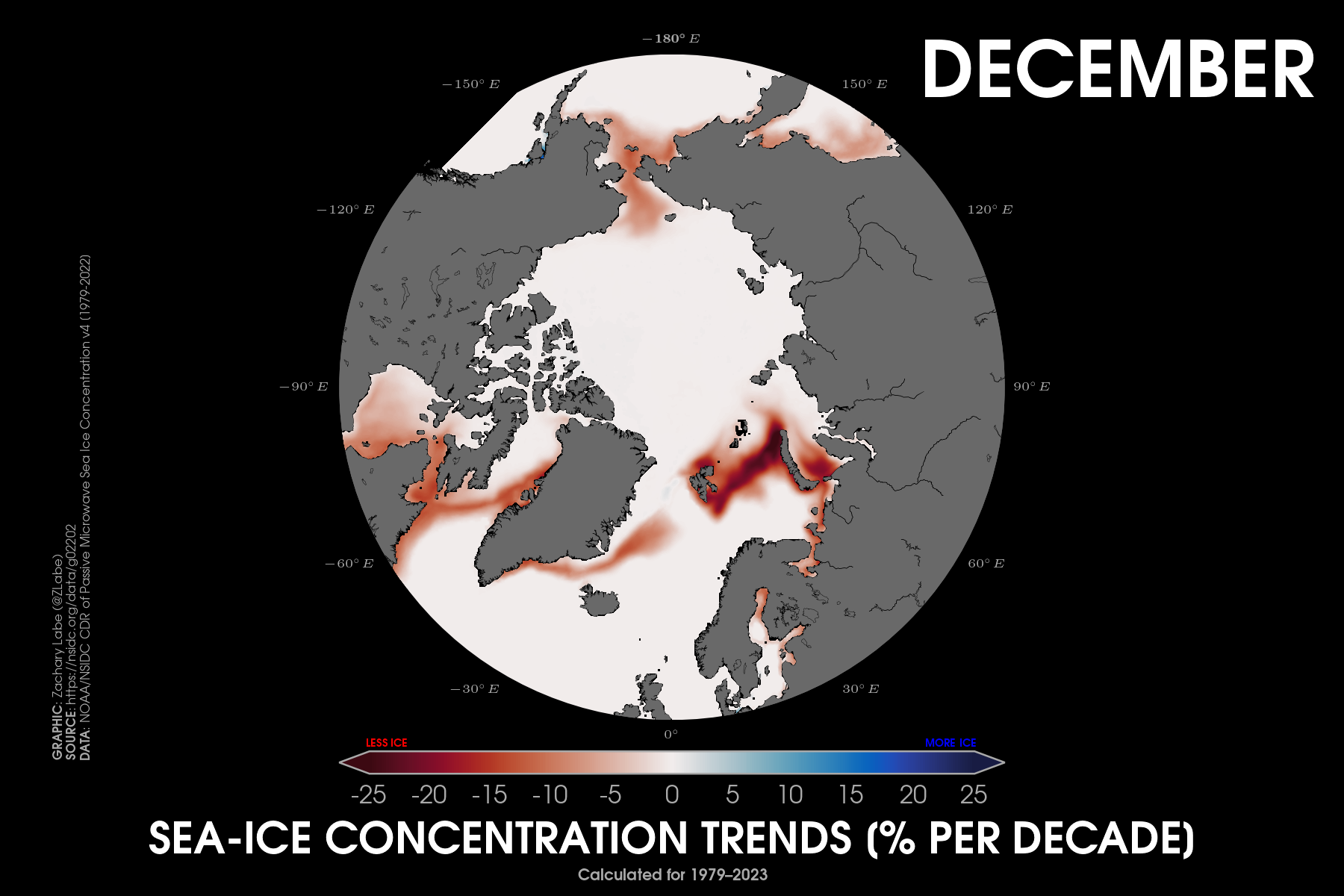Zack Labe on Nostr: Long-term (declining) trends in sea ice are mostly found in the outer regions of the ...
Published at
2024-12-17 12:49:19Event JSON
{
"id": "4af22e8cd91b70fb0a29accca3d2e65cf5befc41b7f2d0f0c0c0e263b6f2db1e",
"pubkey": "2d94fd41374f419bcecca933961d2e1eb265df7267cc4061617a44e4bd882a86",
"created_at": 1734439759,
"kind": 1,
"tags": [
[
"t",
"arctic"
],
[
"imeta",
"url https://fediscience.org/system/media_attachments/files/113/668/243/631/167/362/original/5e8a6f3e144b6a9f.png",
"m image/png",
"dim 1800x1200",
"blurhash UXB:gKoe0KM|xaWBRjoLIUR*%MofoefQa}WB"
],
[
"proxy",
"https://fediscience.org/users/ZLabe/statuses/113668244087493849",
"activitypub"
]
],
"content": "Long-term (declining) trends in sea ice are mostly found in the outer regions of the #Arctic Ocean during December (and all winter). The remaining area still becomes ice-covered\n\nSea ice concentration = fraction of ice-cover. More background: https://doi.org/10.1175/BAMS-D-24-0101.1. Data: https://nsidc.org/data/seaice_index\n\nhttps://fediscience.org/system/media_attachments/files/113/668/243/631/167/362/original/5e8a6f3e144b6a9f.png",
"sig": "785e28f67267439b63ecf1619afd336acb7188673c76c2be5689e69ddebdf22168ece6b238cebc2f70c868eea1b9e92a6f5a8ad50a1ed2f86e501b30aadac0cc"
}

